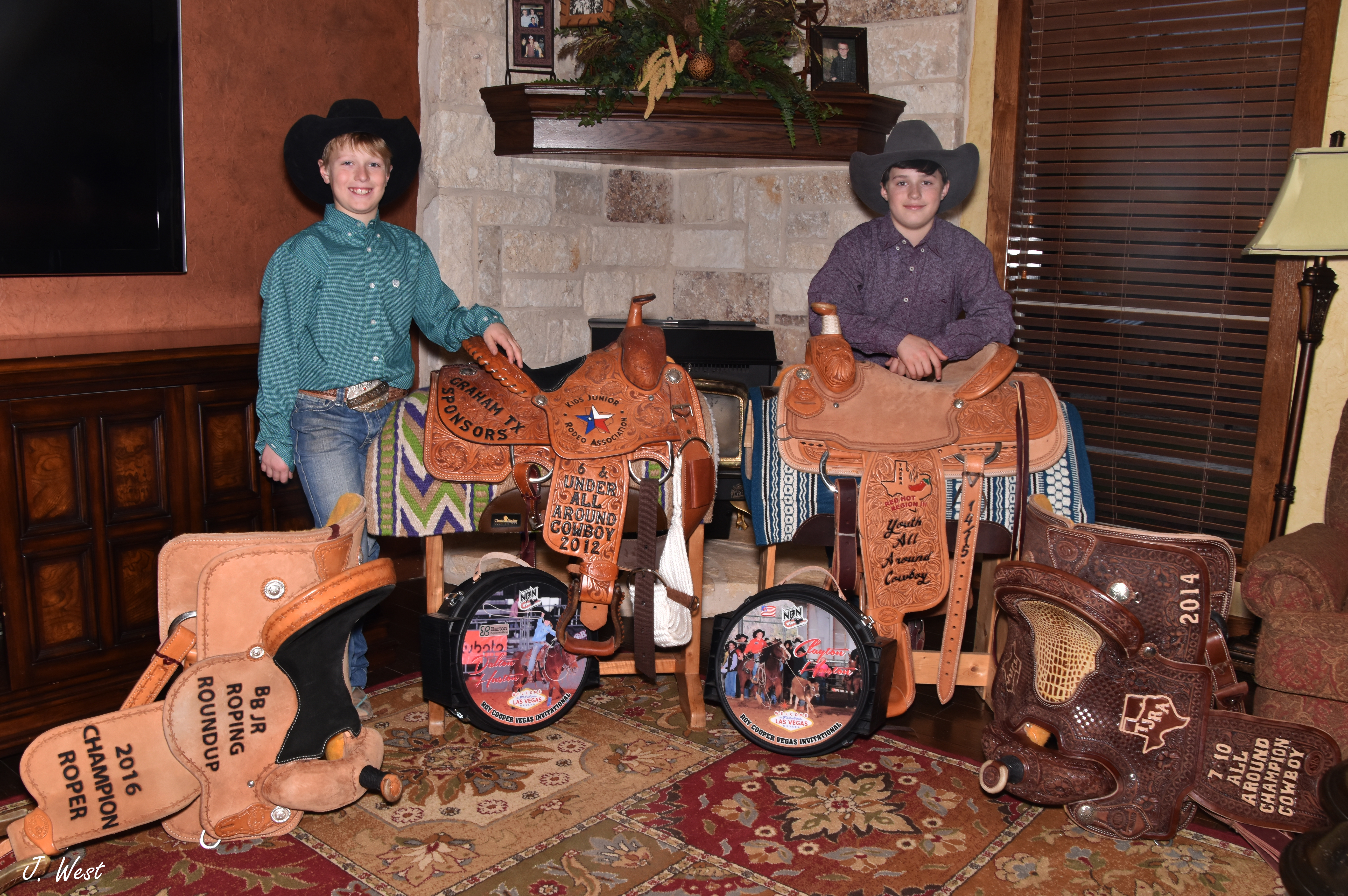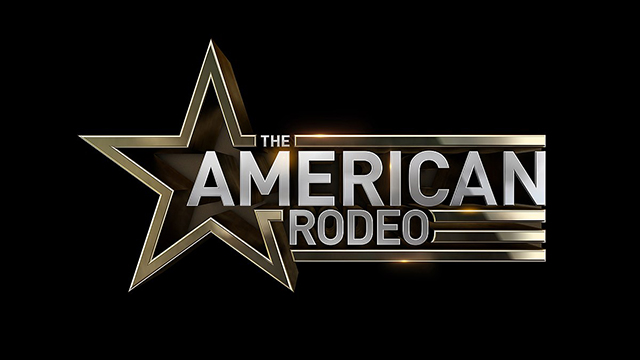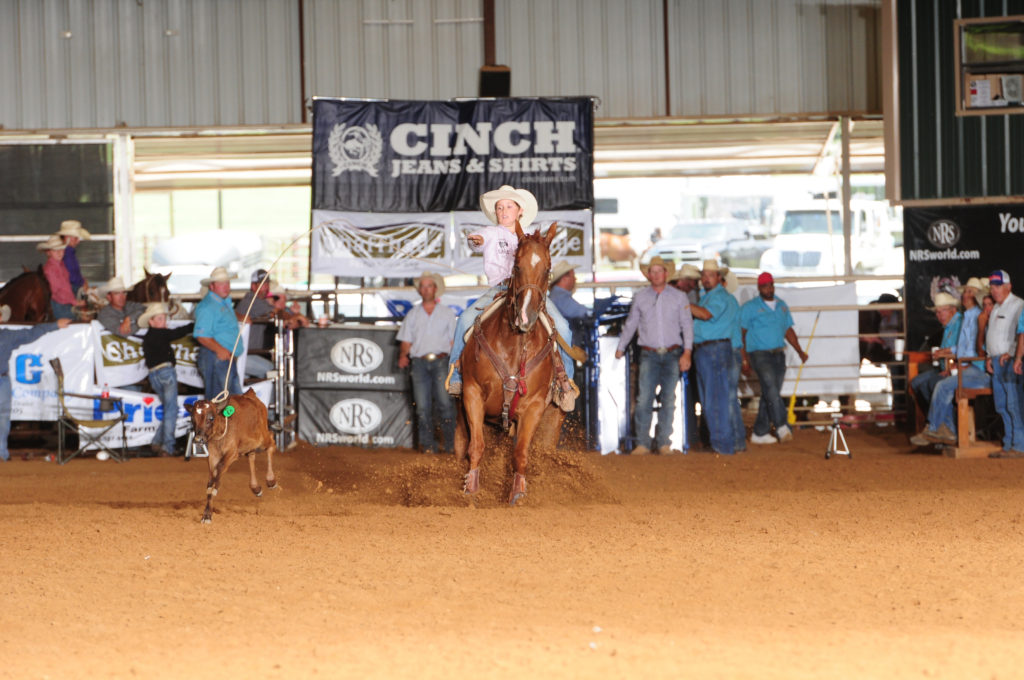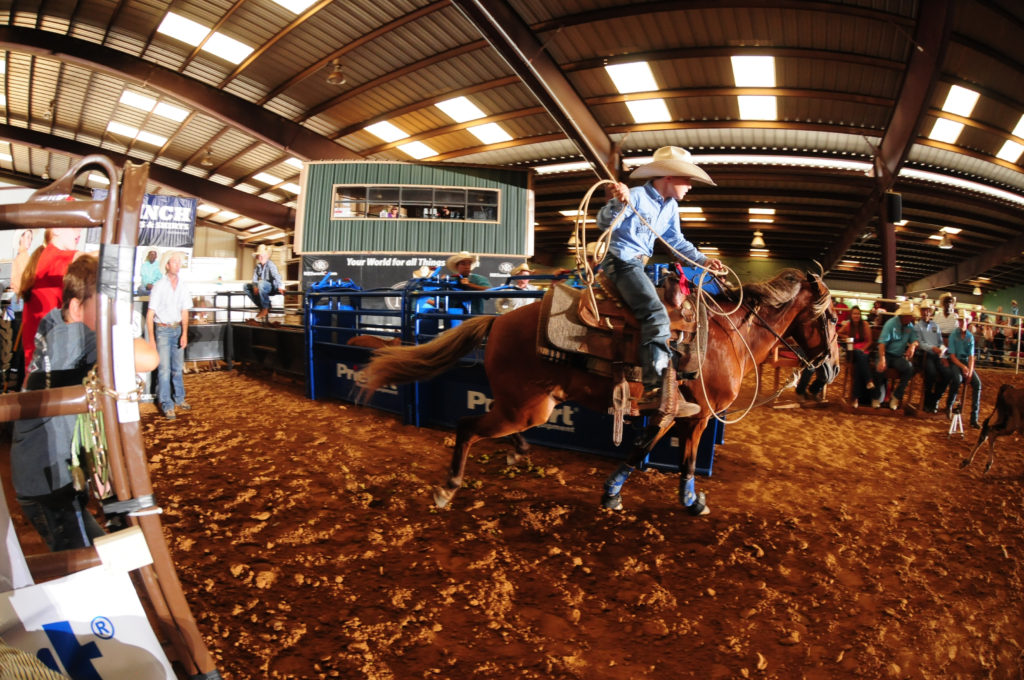Equine
Junior NFR Dreamin’

By Janis Blackwell
Think all the activities and celebrations in Las Vegas during National Finals week is for the PRCA and WPRA qualifiers? Well, think again. During finals week, Las Vegas Events sponsors and plays host to some very distinguished young rodeo talent. They produce a Junior National Finals for rodeo cowboys and cowgirls 16 and under who have placed in the top five in a sanctioned qualifying event.
In addition to and also prior to the Jr. NFR is a Roy Cooper Junior Calf Roping. This junior roping event is also one in which you must previously have qualified through an approved qualifying event or have received an invitation in order to participate. The top winners at the Cooper roping advance to the Jr. NFR. It is a very exclusive group of top young competitors.
All that is to say that I had the privilege to get to meet and visit with two of these young men, Clayton and Dalton Huston, and their parents Eric and Monty Huston of Decatur, Texas. Already very accomplished for their respective ages, (Clayton 13 and Dalton 10), they are most certainly going to be contending for NFR qualification in just a few years. But this year they had their sights set on the Jr. NFR.
The boys come by their talent honestly, having been influenced by their dad. In high school, Eric had ridden bareback horses and roped, and, in fact, Eric himself had been influenced by his grandfather, T. M. Smith (Smitty) who had been a roper, steer wrestler, bareback bronc rider, bull rider and rodeo stock contractor.
To read more pick up a copy of the February 2017 NTFR issue. To subscribe call 940-872-5922.
Equine
The American

By Krista Lucas Wynn
The American Western Weekend on March 8-9 at Globe Life Field in Arlington, Texas, was a weekend full of rodeo competition that fans looked forward to for the past 10 years. The night of the American rodeo is something cowboys and cowgirls have worked hard for, in order to have a chance to win a $1,000,000 prize.
The top five from the 2023 Wrangler National Finals Rodeo were invited to compete alongside five contenders. The invitees were vying for a $100,000 paycheck for first place, and if a qualifier won their event and was the only qualifier to do so, he or she walked away with $1,000,000.
In the bareback riding, Kade Sonnier, Keenan Hayes, Jess Pope, and Tilden Hooper made it out of the long round of 10 to advance to the final four-shootout round. WNFR qualifier, Sonnier, made a 90.5-point ride on Agent Lynx to win the $100,000.
To read more, pick up a copy of the May issue of NTFR. To subscribe by mail, call 940-872-5922.
Equine
The Cowboy Culture

By Phillip Kitts
The mystique and imagined glory of the rodeo road call many young people’s names. As they grow up, they watch the greats of the sport run from rodeo to rodeo and occasionally land on the television giving the perception of the rockstar lifestyle.
No, the glory of the rodeo road is not as grand as, say, the National Football League or the National Basketball Association, but being an athlete competing in front of the yellow chutes of Vegas is just as big a deal, and in every way, can be compared to competing in a Super Bowl.
However, things sure are different in the rodeo world. Let us take a minute and talk about what seem to be simple things in life that impact rodeo and rodeo athletes that in no way would make a difference to the big-money sports.
To read more, pick up a copy of the April issue of NTFR magazine. To subscribe by mail, call 940-872-5922.
Equine
The Danger of Lower Limb Wounds of Horses

By Garrett Metcalf, DVM
It is common for horse owners to have a horse with a wound or laceration at some point in their life. Sometimes small lacerations can be perceived as benign, inconsequential problems that do not need immediate veterinary attention and are managed by the owners or trainers initially. Unfortunately, these simple-looking wounds can involve very important anatomical structures that can lead to serious infections that can be life-threatening or, at best career-limiting, for the horse.
Large wounds tend to get all the attention from owners or trainers because when they occur they are so obvious and visually appalling that medical attention is sought almost immediately. Those types of large wounds can be devastating, but they often involve the upper body regions of the horse, which heal better and often don’t involve structures such as joints or tendons.
To read more, pick up a copy of the March issue of NTFR magazine. To subscribe by mail, call 940-872-5922.
-

 Country Lifestyles1 year ago
Country Lifestyles1 year agoScott & Stacey Schumacher: A Growth Mindset
-

 Equine8 months ago
Equine8 months agoThe Will to Win
-

 Country Lifestyles7 years ago
Country Lifestyles7 years agoStyle Your Profile – What your style cowboy hat says about you and new trends in 2017
-

 Country Lifestyles4 years ago
Country Lifestyles4 years agoAmber Crawford, Breakaway Roper
-

 HOME7 years ago
HOME7 years agoGrazing North Texas – Wilman Lovegrass
-

 Country Lifestyles7 years ago
Country Lifestyles7 years agoDecember 2016 Profile, Rusty Riddle – The Riddle Way
-

 Outdoor9 years ago
Outdoor9 years agoButtercup or Primrose?
-

 Country Lifestyles8 years ago
Country Lifestyles8 years agoJune 2016 Profile – The man behind the mic: Bob Tallman








